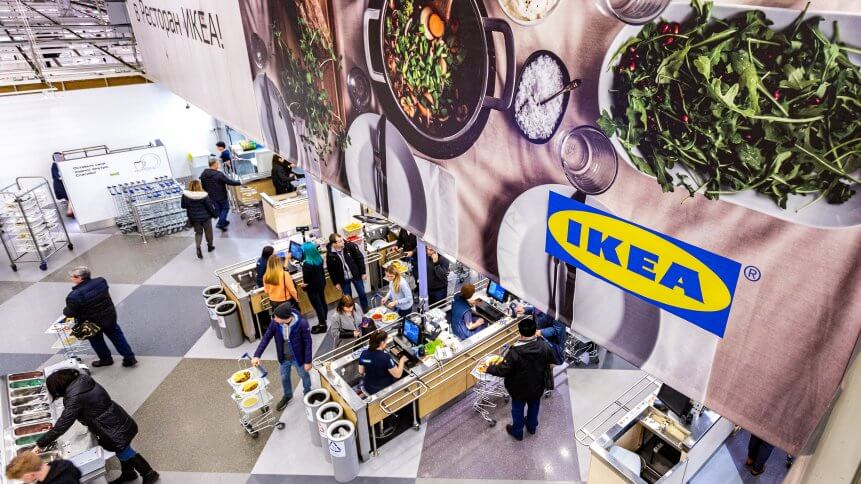How eye-tracking gives retailers a new view on customer behavior

Retail insights are no longer confined to stuffy focus groups and arduous surveys— today, retailers can essentially see through the eyes of their customers.
Traditionally, in retail, research into consumer behavior and preferences have largely been limited to the bounds of direct customer feedback and discussion, but in these structured environments, consumers aren’t always prone to providing an accurate representation of their real-world buying behavior.
Today, innovative technology is handing retailers the ability to see and analyze the environmental cues and stimuli driving conscious and unconscious shopping behavior on the store-floor.
Using eye-tracking technology, retailers can understand where customers’ attention is drawn and derive first-hand insight into how their environment impacts their shopping behavior.
Retailers can equip participants with special glasses or VR headsets; shelves can be installed with sensors and cameras running by eye-tracking software which can differentiate between multiple shoppers, and even analyze an individual’s emotional response and attention level based on facial expressions and physical cues.
The wealth of rich data provided by eye-tracking technology is taking the guesswork out of shop layouts and stock placement, and allowing brands to optimize their branding in a way that catches the eye of a broader set of shoppers.
Early last year, Kellogg’s teamed up with Accenture to pioneer a VR merchandising solution that enabled consumers to enter and navigate a “full-scale, simulated store”. Users could move through the virtual environment, interact with products and place them in their carts.
Not only does the technology allow retailers to get a new perspective on the behavior in-store, but the program can be operated remotely; companies can reach participants in far-flung areas of the globe, and perform market research faster.
“Our VR merchandising solution has the potential to transform product placement by examining consumer buying behavior in a holistic way,” said Raffaella Camera, Global Head, Innovation & Market Strategy, Accenture Extended Reality.
YOU MIGHT LIKE

Kellogg pilots VR eye-tracking in simulated stores
Results from early tests proved the value of eye-tracking. While it was believed that consumers would be hunting for new products on higher shelves, in the case of a new range of Pop Tarts, trials showed that the placement of products on lower shelves was 18 percent more effective.
Similar findings have been uncovered by Tobii Pro, which found “the top shelf tends to receive little or no attention.” Other discoveries through eye-tracking include that aisle length can impact gaze, while the first three feet of an aisle is the place for “attention-grabbing products” and often serves as a more effective indication of an aisle’s contents than hanging signposts.
While insights from eye-tracking can be visualized in formats such as heatmaps, the analytics software behind such technology could also provide optimization suggestions based on historical or third-party data. So, a retailer could understand why one product is selling better in one shop than another, for example, and seek to replicate that approach.
Swedish furniture leader IKEA is famously forward-thinking with new technology solutions and has used similar approaches to understand more about its customers’ emotional reactions to new products and business decisions.
Teaming up with a Danish tech company, the Swedish company used high-resolution EEG headsets— which track brain activity— and eye trackers in efforts to catch a glimpse of customers’ subconscious reactions surrounding the firm’s products and initiatives, such as a move towards renewable power solutions and sustainability.









